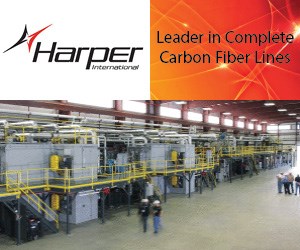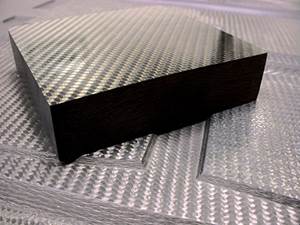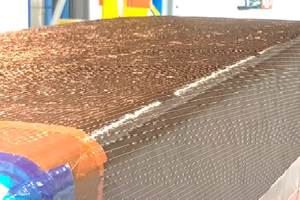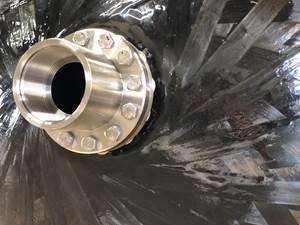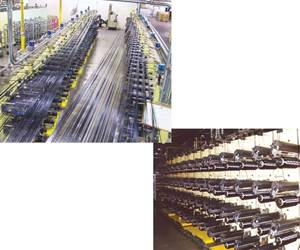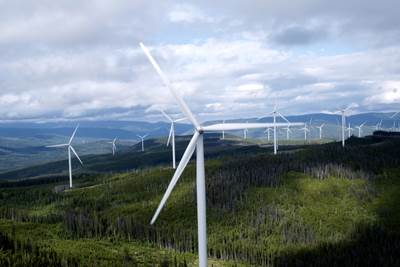The democratization of carbon fiber
Composites industry consultant and regular HPC columnist Dale Brosius says the battle for carbon fiber’s industrial market will be won by suppliers with the lowest costs and greatest capacities.
Back in the summer of 2002, when I was writing feature articles for HPC and sister magazine Composites Technology (CT), I attended the annual editorial meeting, where the staff gathered to brainstorm ideas for themes and stories for the following year’s issues of both magazines. I proposed a feature story on the increased use of carbon fiber in automobiles, which then meant high-end sports cars, and a debate ensued as to which magazine should carry the feature.
I pushed that the story should be in CT, because that is where we generally covered automotive stories. Some of the staff thought it should run in HPC, because CT was focused primarily on fiberglass-based applications and technologies — “boats and bathtubs” — and anything featuring carbon fiber should be in HPC. Ultimately, I prevailed in the debate, and the August 2003 feature turned out to be one of the most popular stories to ever run in CT. Since then, a number of such “crossover” application stories have made their way into that publication.
In recent years, the major dividing line has been “aerospace” vs. “industrial” when determining the fit for the two magazines. For me, as I am looking at ideas for this column, I need to decide where the topic fits best and whether it is appropriate for HPC. With the recent announcement that both magazines are going to be combined into a single monthly publication called CompositesWorld, it obviates the need for such decisions. I’m glad to see that happen.
A few days back, I was looking at a recently constructed table of comparative properties for carbon fibers used in aerospace applications, and it struck me that they all looked as familiar to me today as they did 20 years ago! I combed my memory banks (which are usually pretty good) for when was the last time a major carbon fiber was introduced for use in aerospace — meaning, one that actually got qualified and saw serious commercial sales? For reference, I pulled out an extensive guide to available fibers that we used at Fiberite back in 1993, and sure enough, all the familiar fibers, like Toray Industries Inc. T800 and M60J, Hexcel IM-7, Toho Tenax America Inc. HTS and IMS and Cytec T650 are listed. T800 is the predominant structural fiber on the Boeing 787, IM-7 the major fiber on the F-35, and IMS and IM7 the principal fibers used on the Airbus A350 XWB. Yes, there have been slight “tweaks” to some of these fibers, and the ownership of the manufacturing sites has shifted a bit since 1993, but unless I have overlooked something, it appears the aerospace carbon fiber market stagnated two decades ago when it came to pursuing new fibers and remains closed to all but the “big four” suppliers.
Is this because the current product portfolios offered meet all the needs? Or is it because qualifying a fiber for a new application is prohibitively expensive? Today’s tensile strengths are only a fraction of what is theoretically possible, but the main design drivers in aerospace design are not tensile strength and stiffness, but compression and shear strength, where the major advancements need to be made. I presume if someone comes up with a fiber/resin combination that doubles compression strength it would draw a lot of attention, but this is not an easy problem to solve. There has been a lot of development in prepreg resins, mainly for vacuum-bag-only processing, yet in almost every case, prepregs developed for out-of-autoclave cure use the same group of fibers employed in autoclave prepregs, presumably to make the direct comparison of properties easier and reduce qualification time and cost.
In the industrial carbon fiber market, by contrast, the last two decades have seen the entry of new fiber producers and the introduction of new fibers by established suppliers. The new fibers have been targeted to automotive, wind energy, pressure vessel and electrical/electronics applications. Many of the new players are located in previously unlikely places: China, South Korea, Turkey and, soon, Saudi Arabia. These suppliers have no aspiration to chase the aerospace market, and it’s easy to see why: Barriers to entry are much lower in the industrial markets.
Industrial demand already exceeds that in the aerospace sector, and all signs point to continued rapid expansion in consumption. There’s a “land rush” going on and the battle will be won by suppliers with the lowest costs and greatest capacities. As industrial markets seek lower carbon fiber prices, aerospace companies seek higher rate, lower-cost manufacturing techniques. Although “aerospace” and “industrial” will retain some distinctions that separate them, due to inherent differences in structural dynamics, it is clear that a composite part no longer has to fly skyward to be called “high-performance.”
Related Content
Materials & Processes: Resin matrices for composites
The matrix binds the fiber reinforcement, gives the composite component its shape and determines its surface quality. A composite matrix may be a polymer, ceramic, metal or carbon. Here’s a guide to selection.
Read MoreOne-piece, one-shot, 17-meter wing spar for high-rate aircraft manufacture
GKN Aerospace has spent the last five years developing materials strategies and resin transfer molding (RTM) for an aircraft trailing edge wing spar for the Airbus Wing of Tomorrow program.
Read MoreInfinite Composites: Type V tanks for space, hydrogen, automotive and more
After a decade of proving its linerless, weight-saving composite tanks with NASA and more than 30 aerospace companies, this CryoSphere pioneer is scaling for growth in commercial space and sustainable transportation on Earth.
Read MoreThe making of carbon fiber
A look at the process by which precursor becomes carbon fiber through a careful (and mostly proprietary) manipulation of temperature and tension.
Read MoreRead Next
CW’s 2024 Top Shops survey offers new approach to benchmarking
Respondents that complete the survey by April 30, 2024, have the chance to be recognized as an honoree.
Read MoreComposites end markets: Energy (2024)
Composites are used widely in oil/gas, wind and other renewable energy applications. Despite market challenges, growth potential and innovation for composites continue.
Read MoreFrom the CW Archives: The tale of the thermoplastic cryotank
In 2006, guest columnist Bob Hartunian related the story of his efforts two decades prior, while at McDonnell Douglas, to develop a thermoplastic composite crytank for hydrogen storage. He learned a lot of lessons.
Read More





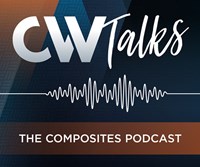


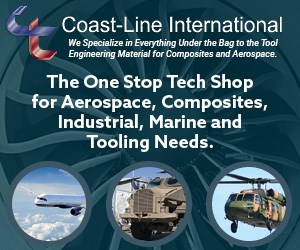

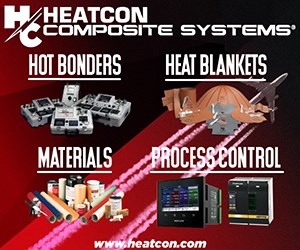

.jpg;maxWidth=300;quality=90)



